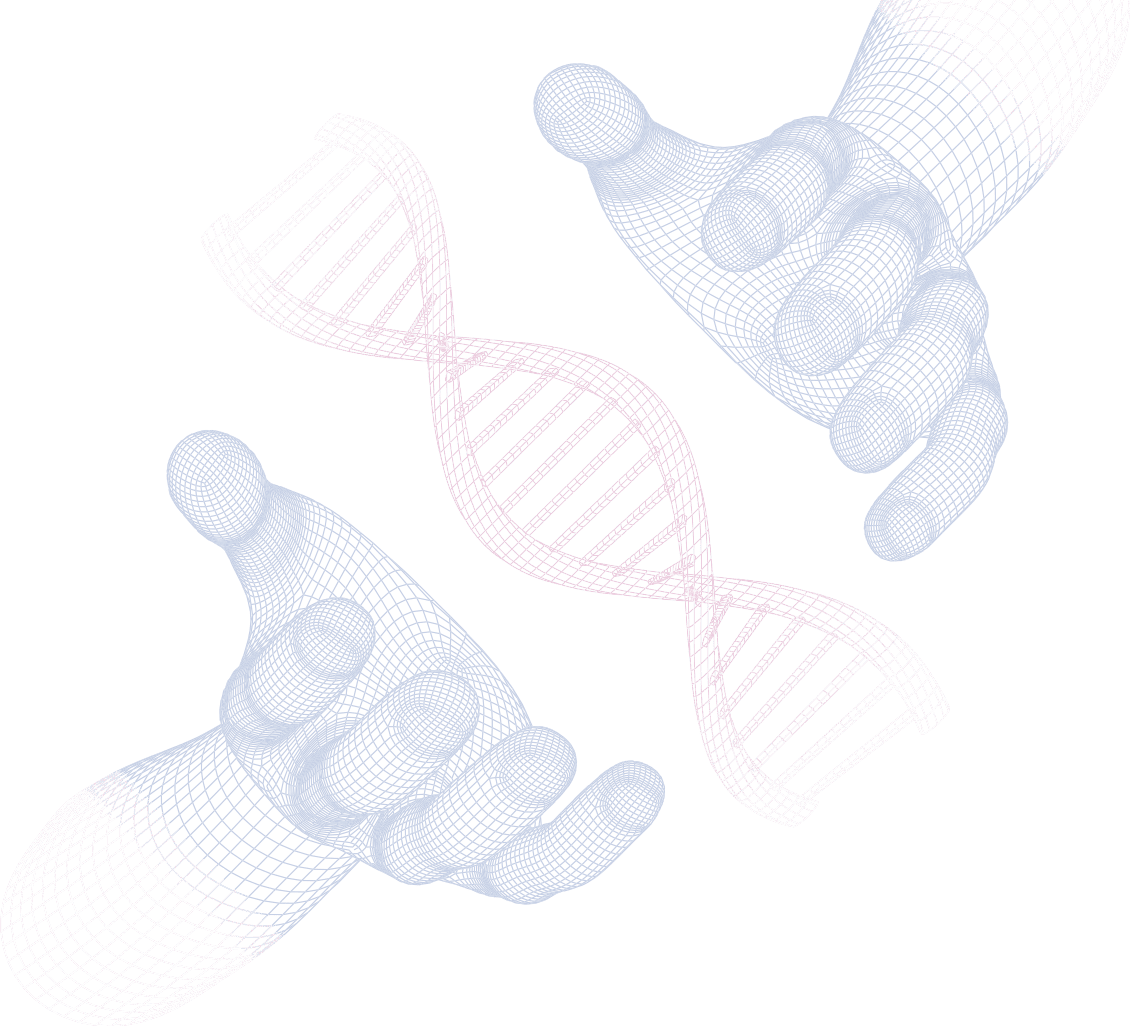
Genetic testing is a type of medical test that identifies changes in genes, chromosomes, or proteins. The results of a genetic test can confirm or rule out a suspected genetic condition or help determine a person’s chance of developing or passing on a genetic disorder.
Carrier screening is a genetic test used to determine if a healthy person is a carrier of a recessive genetic disease. It provides life-lasting information about an individual's reproductive risk and their chances of having a child with a genetic disease.
Carrier screening can help partners make informed decisions and choices regarding family planning that are consistent with their values.
More information can found on : Help Me Understand Genetics: MedlinePlus Genetics (https://medlineplus.gov/genetics/understanding/)
